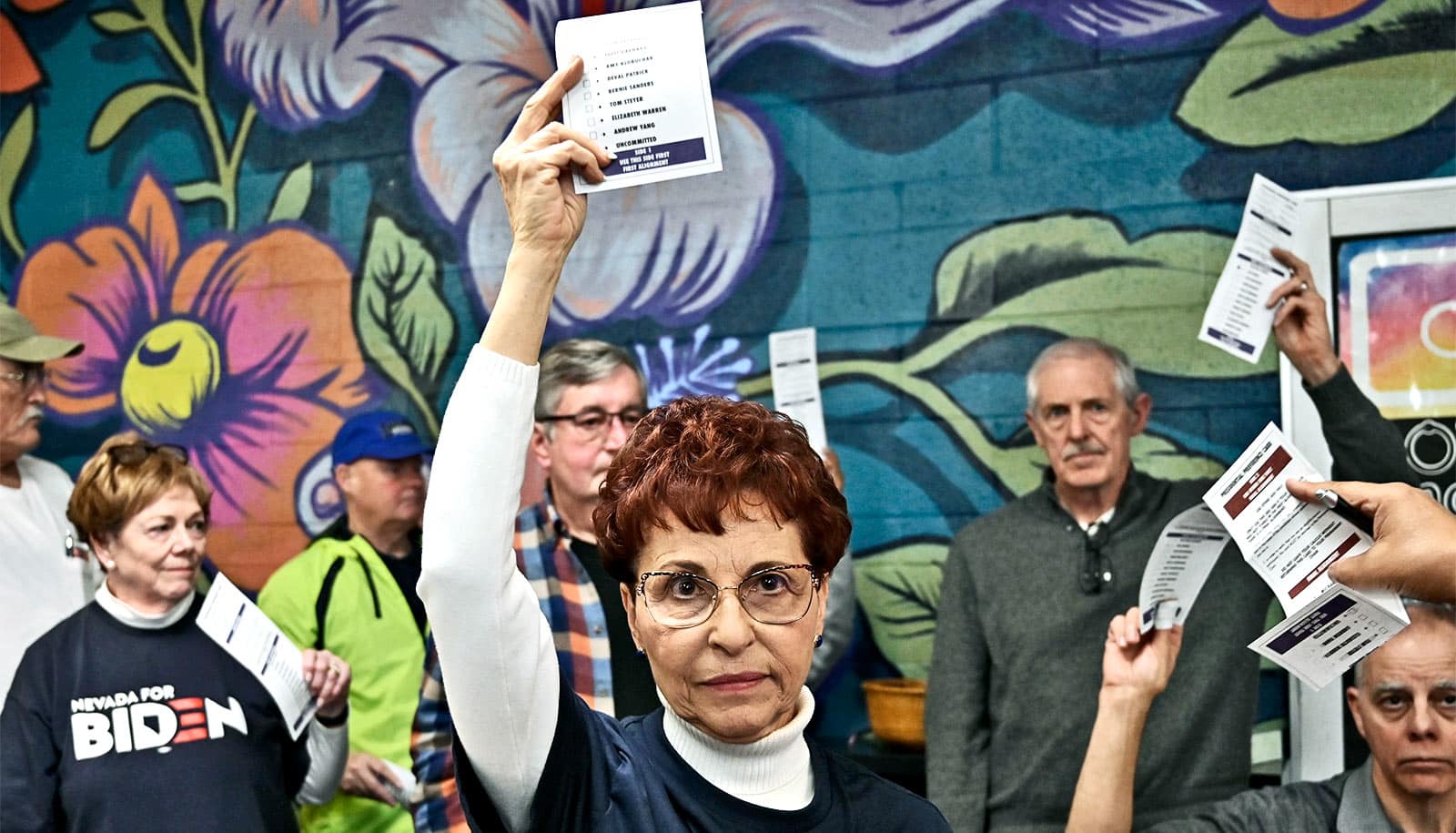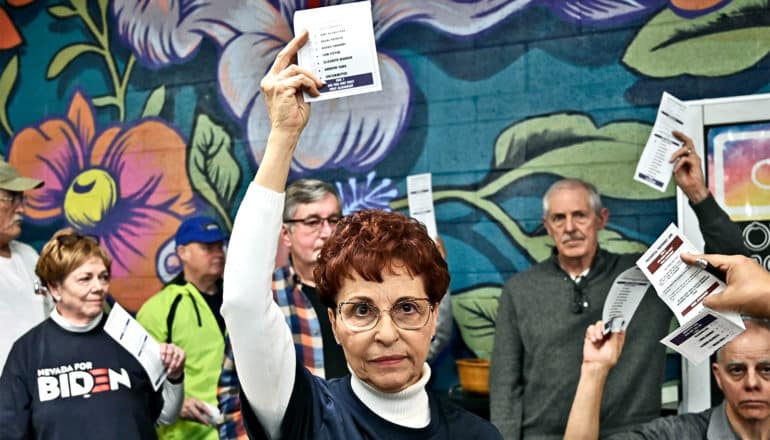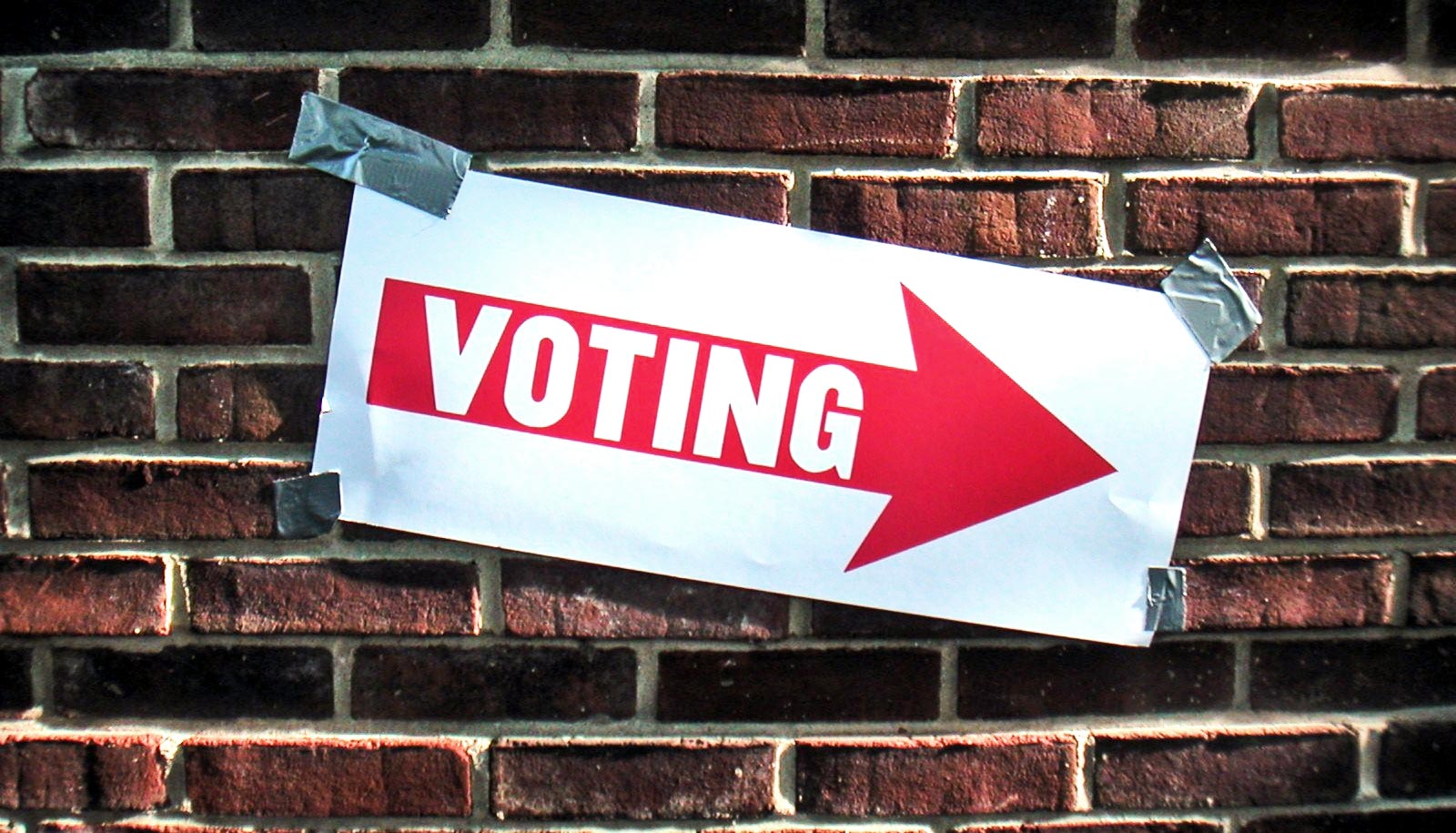
Carol Tipton raises her ballot in favor of Democratic presidential candidate and former Vice President Joe Biden during a a Nevada Democratic caucus at Coronado High School on February 22, 2020 in Henderson, Nevada.(Credit: David Becker/Getty Images )
The caucus system isn’t accessible to everyone
A historian explains the caucus system and how its design can keep voters, such as those with disabilities, from having a say in the process.

The caucus system leaves out a wide range of voter groups, a historian argues.
As the country’s political parties begin the process of choosing their presidential candidates, and with the second caucus in Nevada just past, questions loom about the history and legitimacy of caucus voting.
“Caucusing has a lot of accessibility problems, but not a lot of accountability.”
The Democratic Party’s Iowa caucus threw into stark relief the challenges of caucus voting, though questions of accuracy and flawed technology overshadowed the issues of voting rights.
Rabia Belt, an associate professor of law at Stanford University and a legal historian whose scholarship focuses on disability and citizenship, says the caucus system disenfranchises a huge number of voters, including people with disabilities and working parents.
Here, Belt explains the caucus system of voting and challenges to democracy:
The post The caucus system isn’t accessible to everyone appeared first on Futurity.
Share this article:
This article uses material from the Futurity article, and is licenced under a CC BY-SA 4.0 International License. Images, videos and audio are available under their respective licenses.


